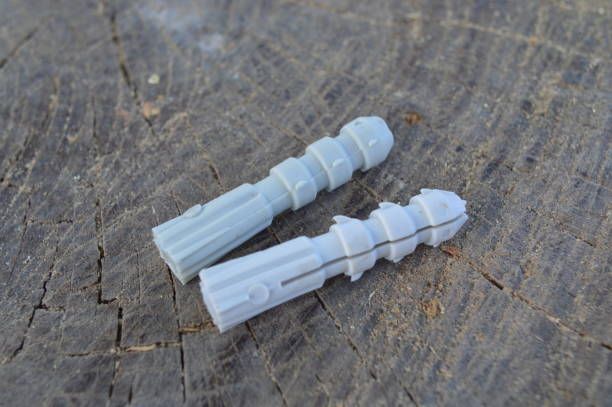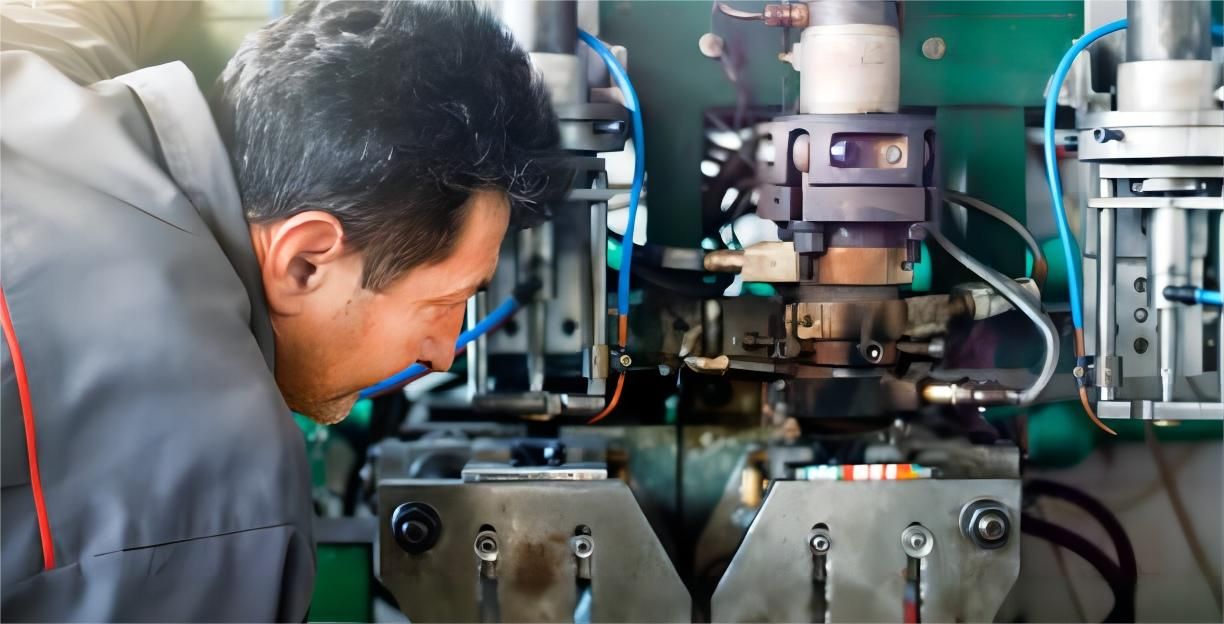Unlock your product's potential with our One-stop solutions!
+86-755-83222882

GET QUOTE
How to Address Flash Problems in Injection Molding?
Flash in injection molding refers to the excess plastic material that escapes the mold cavity during the molding process, forming thin unwanted pieces around the edges of the molded part. Addressing flash issues is crucial in the injection molding process as it can impact production efficiency and product quality. In this blog, we will delve into the causes of flash, its detrimental effects, and effective strategies to prevent and address it in injection molding processes. Let's explore how to tackle this common challenge and optimize your injection molding operations for improved efficiency and quality.
Understanding Flash in Injection Molding
Flash, a common issue in injection molding, refers to the excess plastic material that seeps out of the mold cavity during the molding process, resulting in thin unwanted pieces around the edges of the molded part. This phenomenon not only affects the aesthetic quality of the final product but also poses challenges to production efficiency and product quality.
For more details, read "What is Flash in Injection Molding?".
Definition and Characteristics of Flash
Flash occurs when molten plastic escapes the mold cavity and forms thin, unwanted protrusions along the edges of the molded part. It is characterized by its thin and flimsy nature, often requiring additional post-processing to remove.
Common Causes of Flash Formation
Several factors contribute to the formation of flash in injection molding processes. These include improper mold design, inadequate control over process parameters such as temperature and pressure, and material-related issues such as viscosity and flow control.
Impact of Flash on Production Efficiency and Product Quality
The presence of flash can lead to various challenges in the injection molding process. It not only increases production costs and waste but also compromises the dimensional accuracy and functional integrity of the final product. Moreover, excessive flash can clog mold vents, resulting in defects and production downtime. Therefore, addressing flash issues is essential for optimizing production efficiency and ensuring product quality.
Key Factors Contributing to Flash Formation
Effective management of key factors contributing to flash formation is crucial for minimizing its occurrence in injection molding processes.
Mold Design Considerations
Proper mold design plays a significant role in minimizing flash formation. Factors such as parting line alignment and integrity, material flow, and gate location optimization are critical considerations to prevent flash formation.
Injection Molding Process Parameters
Optimizing injection molding process parameters such as temperature, injection pressure, and clamping force is essential for controlling flash formation. By carefully managing these parameters, manufacturers can achieve precise control over the molding process and minimize the occurrence of flash.
Strategies to Prevent Flash in Injection Molding
Preventing flash in injection molding requires a proactive approach that addresses various aspects of the molding process.
Mold Maintenance and Inspection
Regular maintenance and inspection of molds are essential for preventing flash formation. This includes cleaning the molds, checking for wear and damage, and ensuring proper alignment and functioning of mold components.
Proper Venting and Sealing Techniques
Effective venting and sealing of molds are crucial for controlling the flow of molten plastic and preventing the buildup of pressure that can lead to flash formation. Proper vent placement and sizing, as well as the use of quality sealing components, are key considerations in this regard.
Clamping Pressure and Tonnage Adjustment
Optimizing clamping pressure and tonnage is essential for ensuring that the mold halves are securely closed during the injection process. Adjusting these parameters according to the material properties and mold design can help prevent flash formation.
Material Viscosity Control and Selection
Controlling the viscosity of the molding material is essential for preventing flash formation. Proper selection of materials with suitable viscosity properties, as well as careful management of temperature settings, can help minimize the occurrence of flash in injection molding processes.
Troubleshooting Flash Issues
In the event of flash formation, troubleshooting techniques can help identify and address underlying issues in the injection molding process.
Identification of Common Causes of Flash
Understanding the common causes of flash formation is the first step in troubleshooting the issue. Factors such as mold design flaws, process parameter mismanagement, and material-related issues can contribute to flash formation and should be carefully examined.
Mold Inspection and Maintenance Tips
Thorough inspection and maintenance of molds can help identify and address potential causes of flash formation. This includes checking for wear and damage, ensuring proper alignment and functioning of mold components, and cleaning the molds regularly to prevent contaminants from affecting the molding process.
Adjustments to Process Parameters for Flash Prevention
Making adjustments to process parameters such as temperature, pressure, and injection speed can help minimize flash formation. By carefully managing these parameters, manufacturers can optimize the injection molding process to reduce the occurrence of flash.
Post-Processing Techniques for Flash Removal
In cases where flash formation cannot be completely prevented, post-processing techniques such as manual trimming or chemical processes can be used to remove excess flash from molded parts. However, prevention remains the preferred approach to addressing flash issues in injection molding processes.
Quality Control Measures
Implementing robust quality control measures is essential for minimizing flash defects and ensuring the overall quality of injection molded parts.
Visual and Dimensional Inspection Methods
Visual and dimensional inspection methods can help identify defects such as flash and ensure that molded parts meet the specified quality standards. Regular inspections throughout the production process can help detect and address any issues promptly.
Importance of Quality Assurance in Minimizing Flash Defects
Quality assurance plays a crucial role in minimizing flash defects and ensuring the overall quality of injection molded parts. By implementing stringent quality control measures and adhering to industry standards, manufacturers can minimize the occurrence of flash defects and deliver high-quality products to their customers.
Conclusion
Flash not only affects the aesthetic quality of molded parts but also impacts production efficiency and product quality. By addressing flash problems proactively, manufacturers can minimize production costs, reduce waste, and deliver high-quality products to their customers.
If you're facing challenges with flash reduction in injection molding processes or need further assistance and consultation, we invite you to reach out to us at SZOMK. At SZOMK, we specialize in custom injection molding solutions for both public and private sector clients. Our services include custom mold shell processing and private mold development, with the capability to provide 3D drawings to our clients. Furthermore, we offer access to a comprehensive supply chain and information services to streamline production processes. Let us partner with you on your journey towards flash-free injection molding processes.


